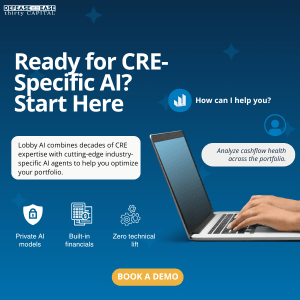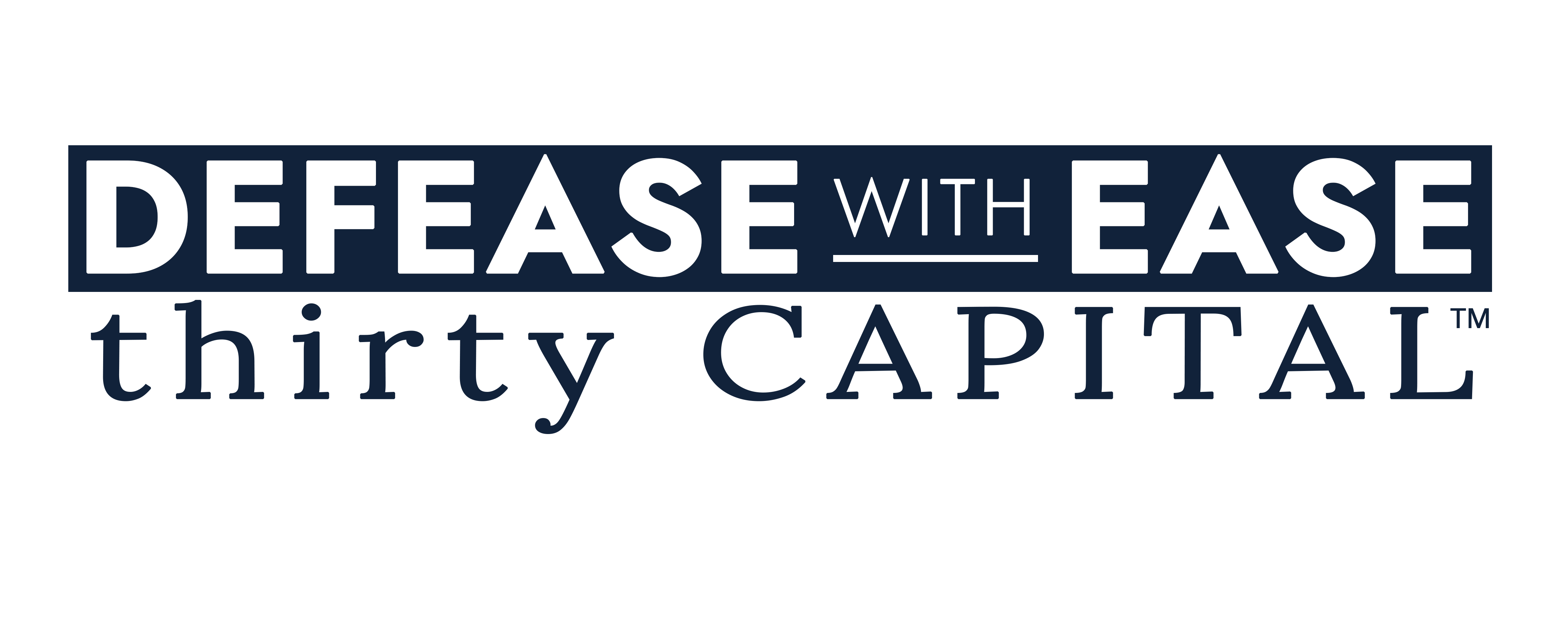Commercial Real Estate (CRE) is constantly evolving. Market uncertainty is at an all-time high with rising interest rates and cap rates and declining transaction volume as the norm. Owners/operators, investors, borrowers, and other industry professionals remain in a fog as they determine the best next steps for their portfolio given current market and economic factors.
In these conditions, understanding the market and making the right moves for your portfolio hinges on your ability to harness the power of data effectively. In 2024, the importance of data in shaping strategies, driving decision-making processes, and fostering growth has never been more pronounced.
During our upcoming webinar, Unlocking CRE’s Data Potential: Shattering Silos and Fortifying Your Data in 2024, we’ll equip you with the knowledge and tools needed to transform your data challenges into opportunities, ensuring you’re leading the charge in data-driven, secure, and optimized real estate operations.
Register for the webinar now! Or, read ahead for a sneak peak into the three key topics we’ll discuss during the conversation.
Navigating the Data Maze for Actionable Insights
Commercial real estate data provides insights into market trends, portfolio performance, and investment opportunities. But to unlock the power of this data, you must first understand which data sources are available. From there, you can identify which sources to leverage to achieve your goals and objectives. From external data sources (i.e JOBS reports and census data) to internal data sources (i.e. financial, operational, and peer-to-peer benchmark data), access to actionable data is more readily available than ever before. Early adopters are seizing these opportunities, using relevant data and layering multiple sources to maximize their insights and drive growth.
Whether it’s identifying optimal investment opportunities or anticipating the needs of evolving communities, data holds the key to unlocking untapped potential.
Breaking Down Barriers to Improve Efficiencies
Internal data silos can create unnecessary challenges across your firm. Fragmented data across departments, disparate asset management models, and compartmentalized communication channels hinder collaboration and breed inefficiency. Overcoming these hurdles requires data centralization, consolidation, and standardization. Streamlining communication channels is critical in breaking down internal silos. Heavy reliance on email communication and departmentalized workflows exacerbate the problem, leading to inefficiencies and delays. For example, consider this scenario: you’re working on a project and require information stored on a teammate’s desktop. However, your access is limited, leaving you unable to retrieve the necessary data. Consequently, you’re reliant on your colleague to share this information, potentially causing delays that impact your deadlines. Or maybe you think you have a copy of this info, but you aren’t sure whether it’s the most recent version. Clearly, this is a problem and can expose your firm to risk, inopportune next steps, or errors.
When different teams operate with disparate workflows that fail to align, collaboration becomes difficult and inefficiencies inevitably arise. Implementing centralized data management solutions can pave the way for more informed decision-making processes. By consolidating all data into a single source of truth, teams gain access to real-time information. Consequently, decision-makers can confidently rely on accurate data, leading to more informed and effective actions.
Additionally, empowering stakeholders with controlled data access can further streamline operations and enhance collaboration. Controlled data access ensures that individuals have the necessary information pertinent to their roles, fostering a more efficient decision-making process. Consolidating data from disparate property management systems enables property managers and asset managers to align their perspectives and work off a unified dataset. This integration facilitates apples-to-apples comparisons, allowing for faster access to relevant metrics and insights. With everyone on the same page regarding data types and metrics, teams can swiftly extract valuable insights and ensure widespread access to critical information.
Unlocking the Power of AI, BI, and HI to Advance Your Data
Artificial Intelligence (AI), Business Intelligence (BI), and Human Intelligence (HI) play a pivotal role in maximizing CRE data. AI automates data analysis, BI aggregates and centralizes information, and HI provides the critical human touch necessary for decision-making. Together, these tools form a powerful trifecta, enabling firms to extract valuable insights, uncover hidden trends, and optimize business operations.
Next Steps: Register for Our Webinar
To learn more, register to join our webinar where speakers, Matt Lexow-Gray and Brian Lanehart, delve deeper into these key topics:
- The dynamic universe of data sources shaping today’s market and identifying those vital for your CRE firm
- Crucial strategies to overcome internal and external data obstacles, ushering in a new era of robust data management
- Ways system consolidation can streamline operations to enhance efficiency and supercharge your decision-making process
- The transformative role of advanced technology in unlocking the full potential of CRE data while bolstering its security, maximizing its value, and ultimately optimizing business operations
These insights will not only position you to excel in 2024 but also thrive to 2025. Click here to join the conversation.
 Lobby AI — the ChatGPT for CRE — is here. Instantly turn your data into decisions and accelerate insights from weeks to seconds.
Lobby AI — the ChatGPT for CRE — is here. Instantly turn your data into decisions and accelerate insights from weeks to seconds. 


